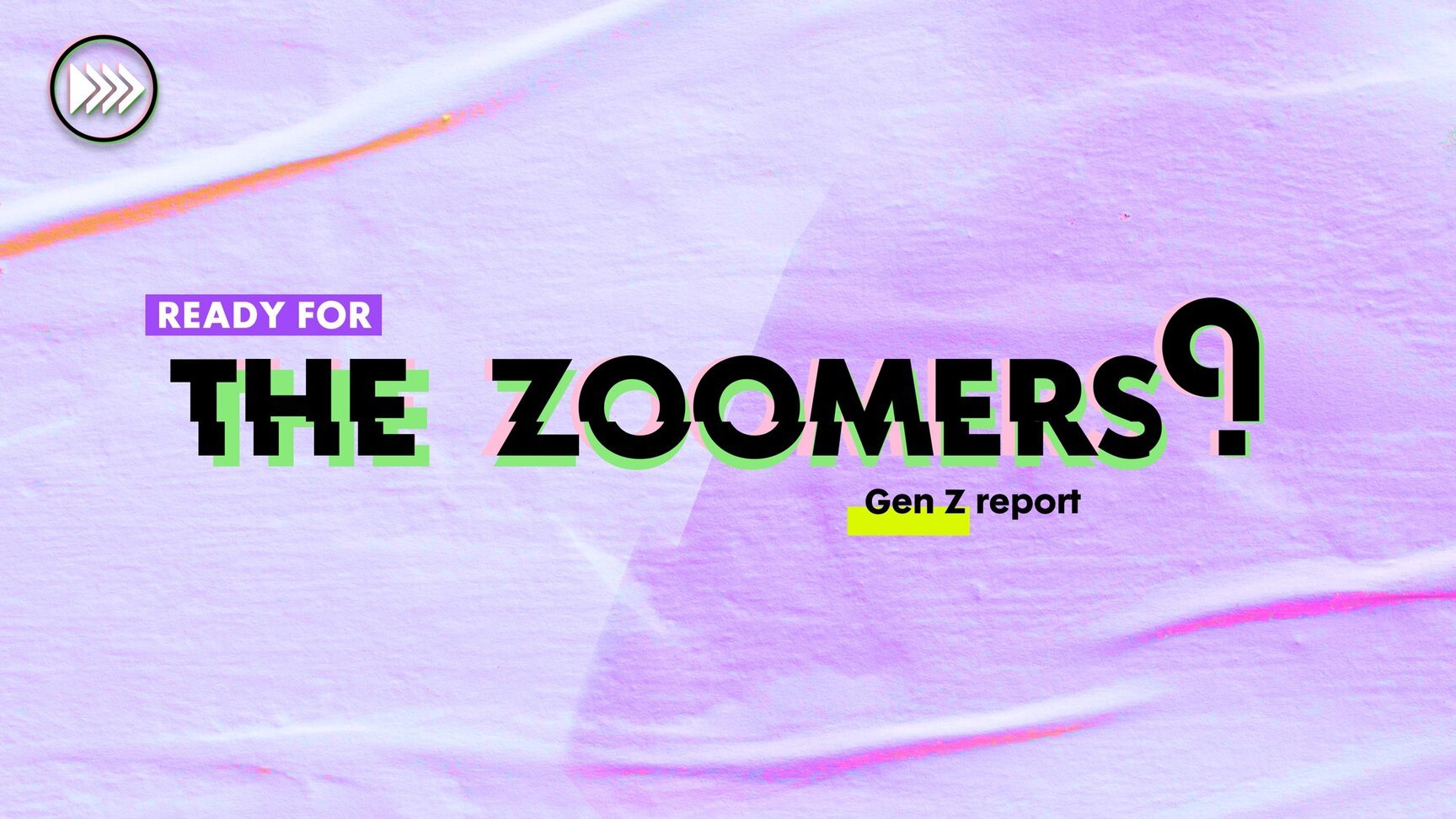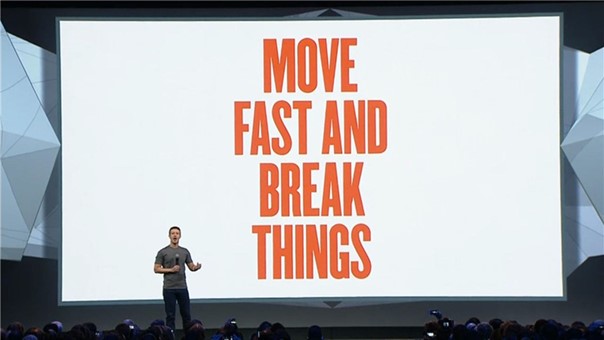
Ready for the Zoomers?
Gen Z are the digitally native generation: social-media-literate, always-on and hyper-informed. With many Gen Zers coming of age during the pandemic, the past two years put a mark on their lives and outlook on the future. In this report, we shed a light on what makes Gen Z different from the generations before them and what they expect from brands.
Request your download





